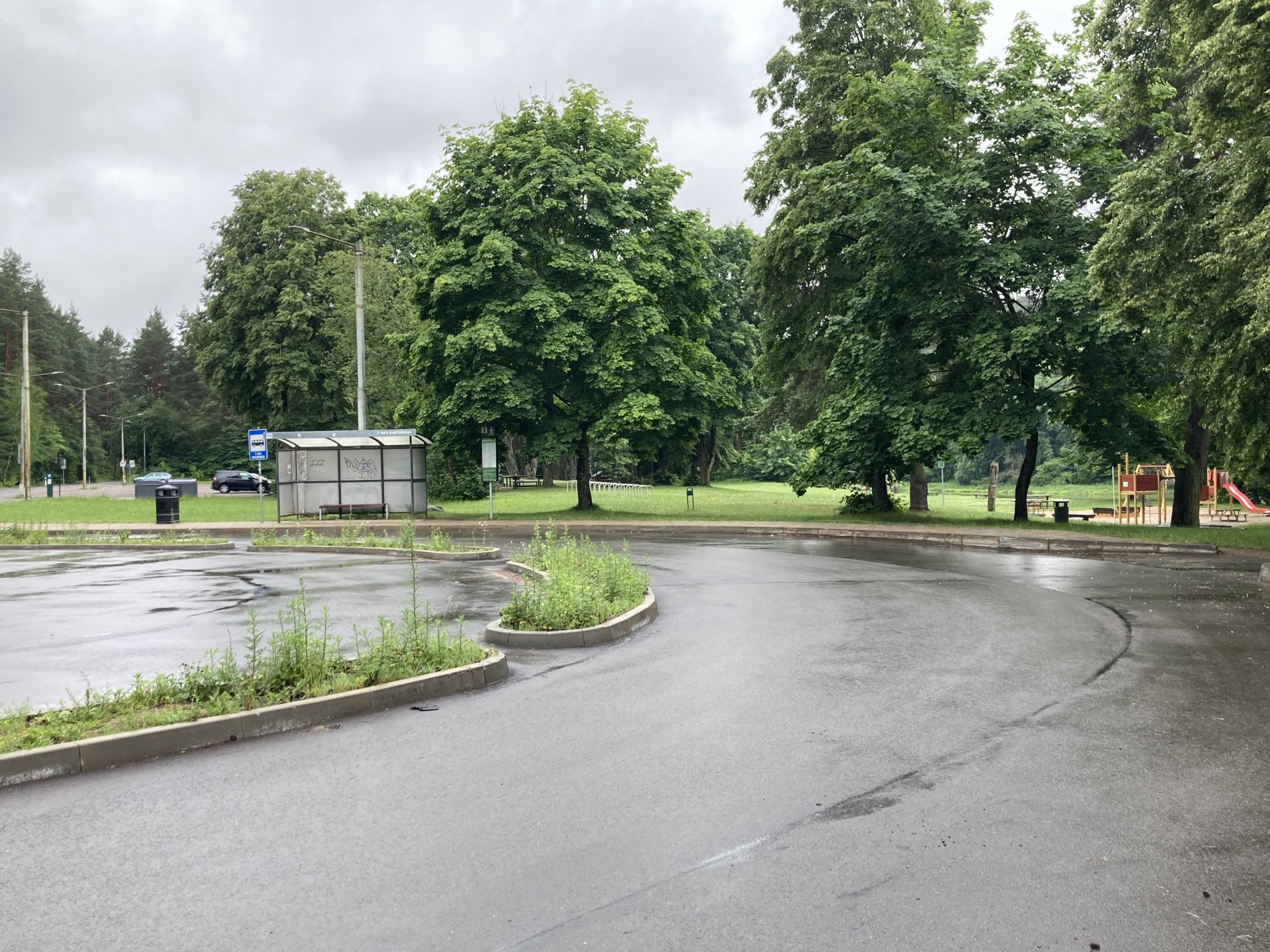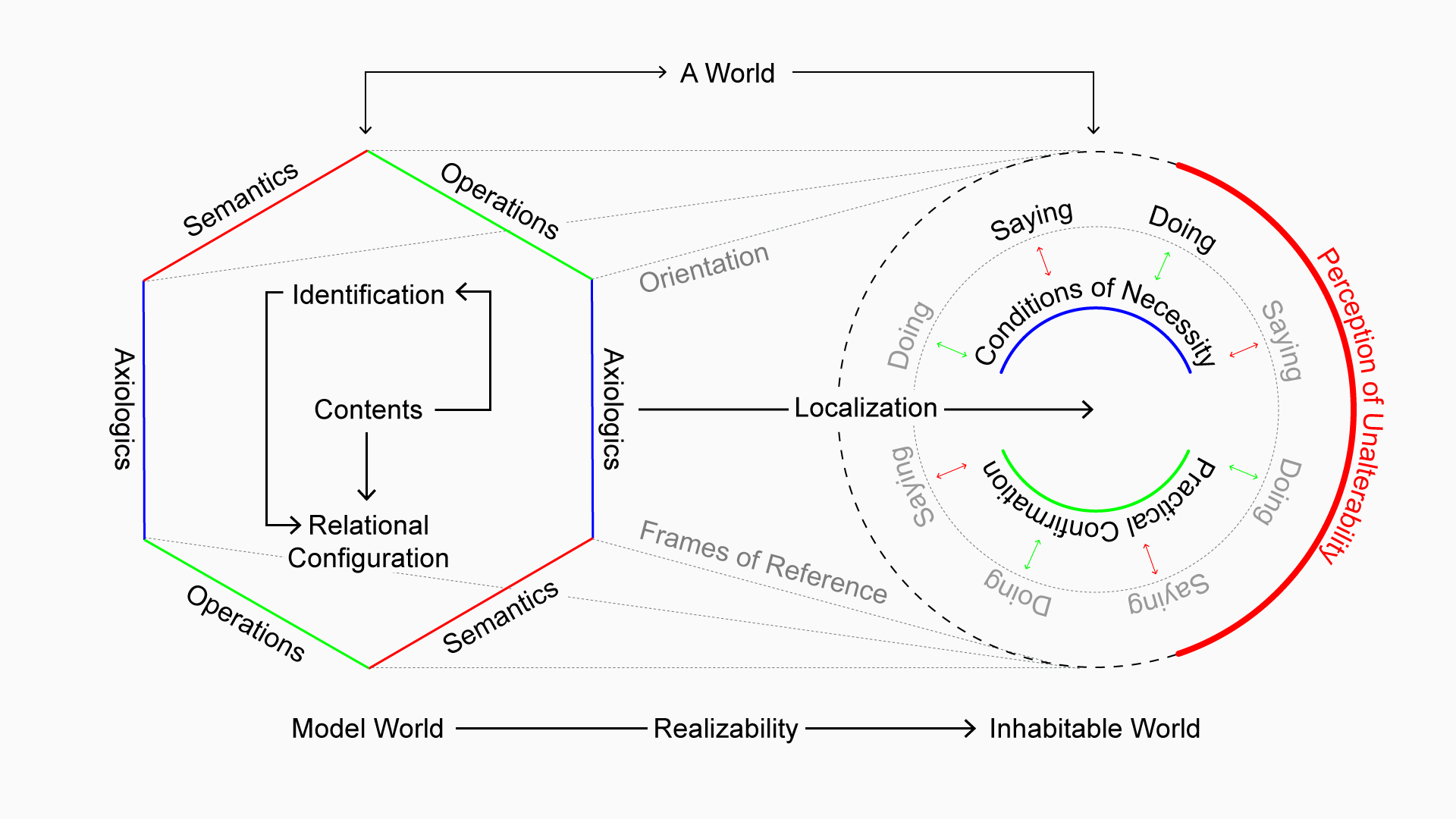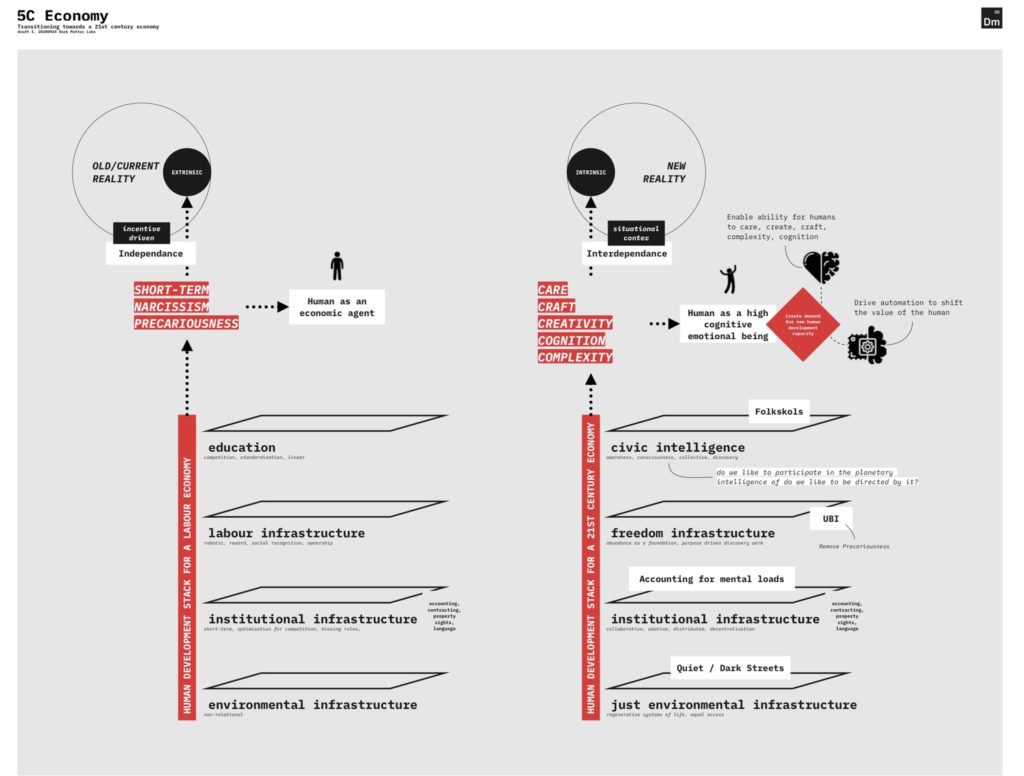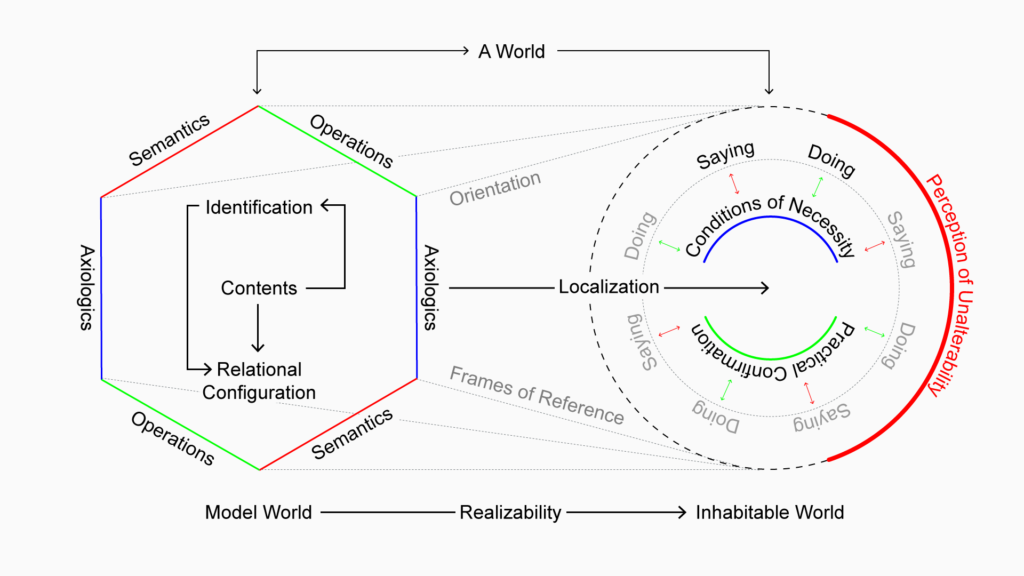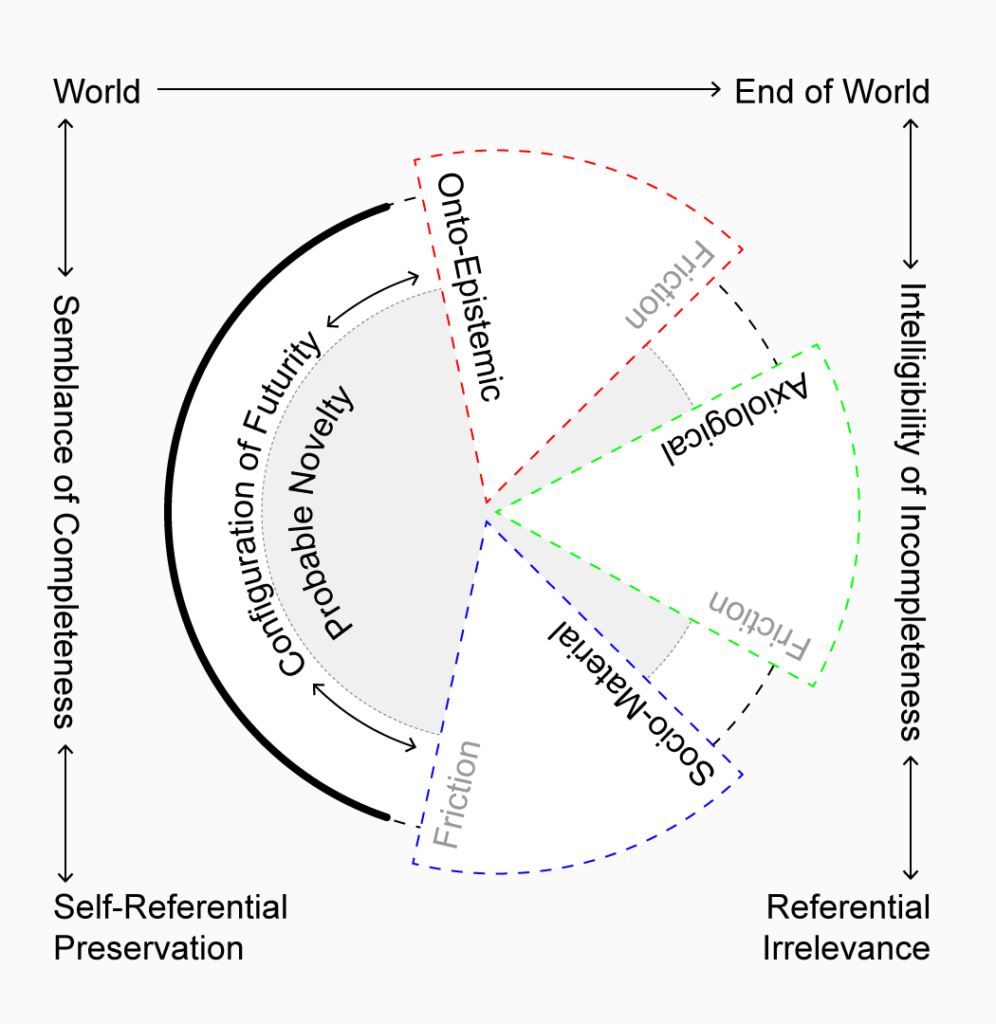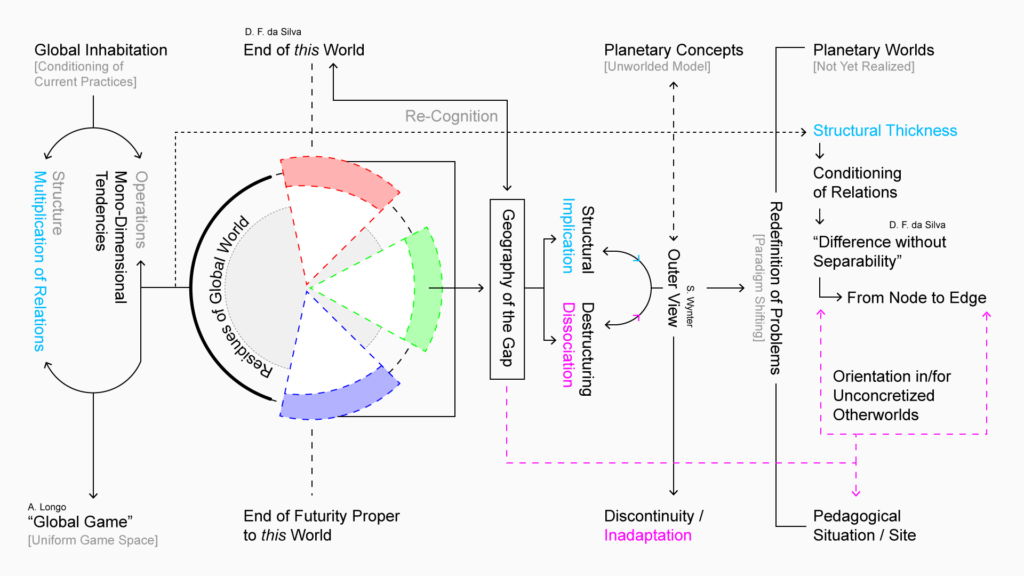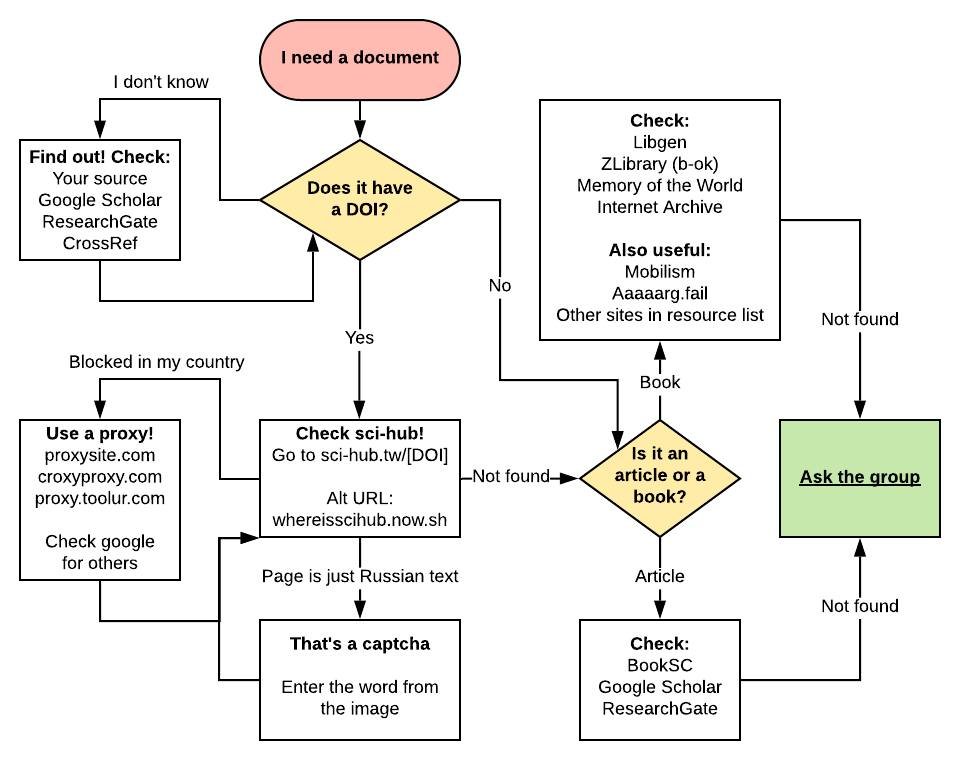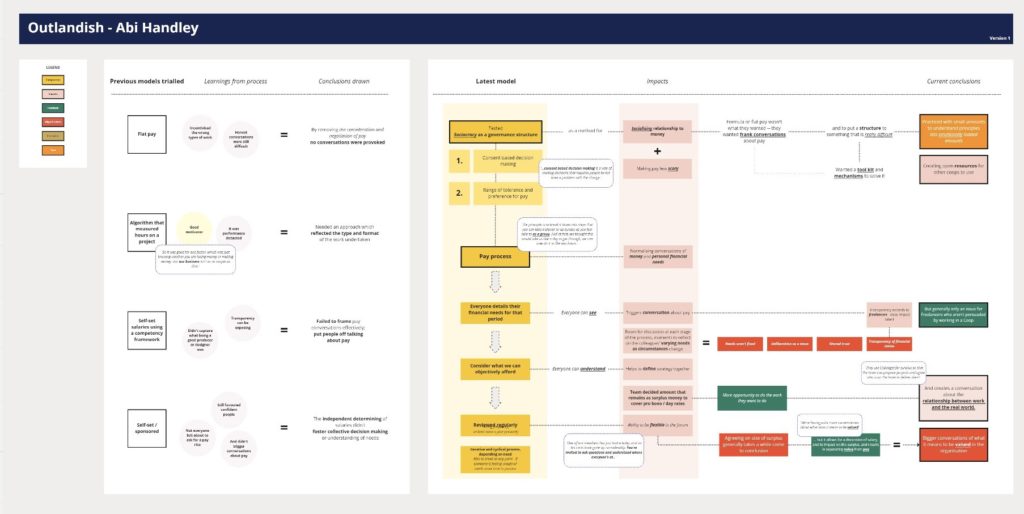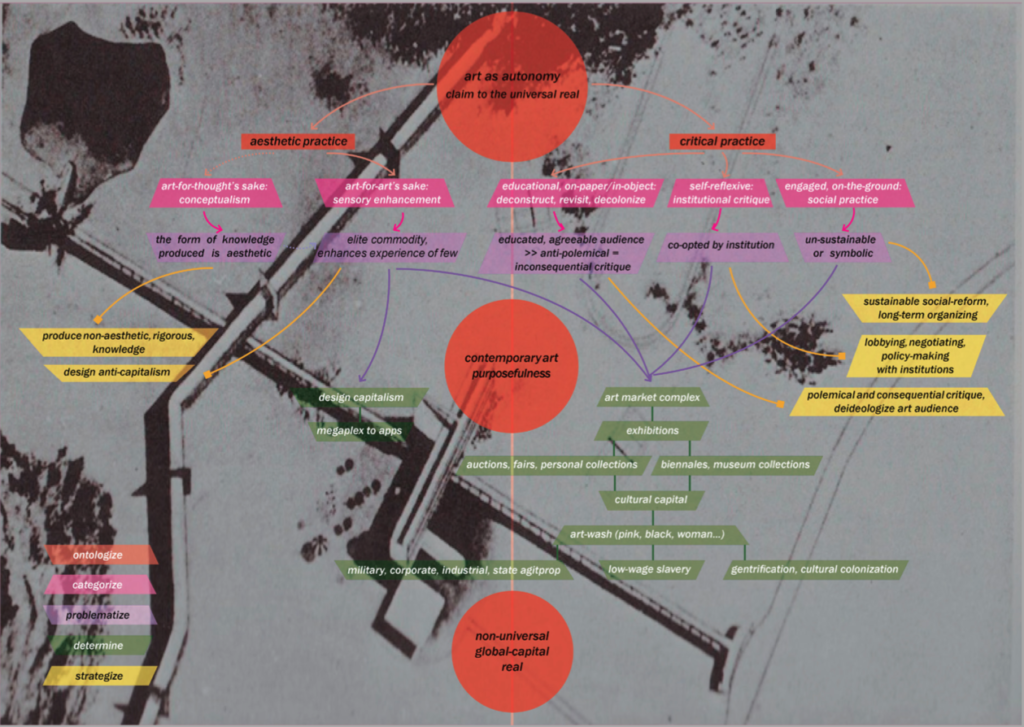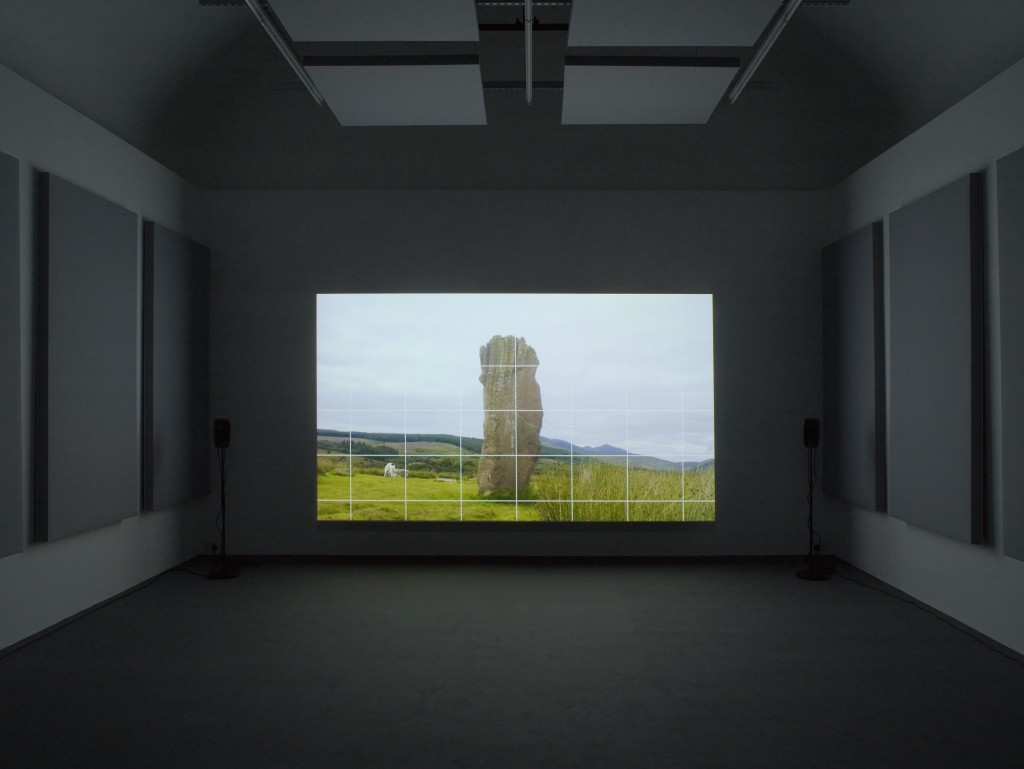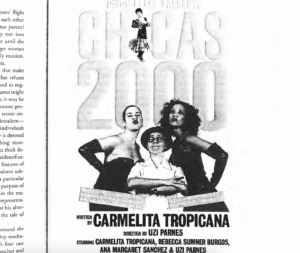Brexit is a useful lens through which to look at infrastructure for a number of reasons. The intersection of national identity, movement of people and the structural forces this unleashes — in which the actual structural role the EU plays is now somewhat incidental to the discussion. Not to mention the splitting of political institutions into hither to un-figured groups, and the swirling morass of how the resources and power are distributed and felt across the country, there is also the way in which the Brexit campaign created and utilised what I would call an infrastructural form of politics. That is in part to say creating new political constituencies and imaginaries via voter-user-data and social media platforms. As well as this, is then mobilising these as part of a coherent and diffuse narrative to disrupt the conventional political appeals to economic and institutional stability of the Remain campaign. (Of course, this is amongst and alongside other more recognisable politics like nationalism, classism, fascism, and so on.)
Infrastructural forms of politics do not happen in a vacuum, and emerging cultural forms that also take on some of the characteristics of infrastructural politics — especially in terms of world making and coordination — play into, intersect and co-configure this political format. Though broadcast after the 2016 referendum, and just before the fated parliamentary vote on Theresa May’s withdrawal deal, James Graham’s dramatisation of the Vote Leave campaign “Brexit: The Uncivil War” highlights some key issues here. To begin with the drama mixes factual and fictionalised accounts of the campaign while the article 50 process is underway (the willingness of BBC News to let dramas use its studios and anchors is always striking). Similarly, in indexing itself against enough of the publicly known details and personas of the campaign, the drama gains much of the punch (which would be satirical if it were funny). Its realism comes from this narrative and aesthetic proximity. In conversation with Graham in The Guardian, for Observer journalist Carol Cadwalladr, whose investigation revealed the ties between Cambridge Analytica, Facebook and a number of election campaigns including Vote Leave, this closeness is particularly difficult.
In the discussion Cadwalladr is keen to challenge the extent to which scenes of the drama are fictionalised, in particular one in which VoteLeave campaign architect and main subject of “Brexit: The Uncivil War” Dominic Cummings gives evidence at a public hearing — which as Cadwalladr points out he has refused to do. Graham points out that this scene is set in an imagined future (and indeed stresses that this is also made clear in the programmes’ promotion) and goes on to suggest that in doing this drama demonstrates an important public role. As Graham describes:
“One of my arguments for why drama has a place in this debate is the fact that such testimony hasn’t been acquired and that he hasn’t yet answered those questions. The benefit of the drama then is that we can use research to satisfy that desire, and let an audience prosecute him… We are using drama as a public space in a courtroom to drag into it the questions and the answers that are vital for an audience to explore.”
The efficacy or rightfulness of a place for this catharsis aside, we can read Cadwalladr’s immediate reservation to how drama is deployed in the midst of real, unfolding events here — that this might affect an actual jury if and when the alleged illegal practices of VoteLeave come to court — through a comparison to the work of Forensic Architecture who make a similar claim to collapsing the public spaces of aesthetics and judgement.
To be clear, where “Brexit: The Uncivil War” aims to give the public the opportunity to explore their feeling towards the possible implications and interpretations of the facts by stitching them into a narrative that guides them through how that reality might have looked were it scripted in the same way; Forensic Architecture rely on the interpretive expectation and moral baggage of the ‘public’ spaces they use to make their work visible — galleries or museums — to prompt political reaction by individual viewers in those locations to their carefully amassed assemblies of facts.
However, for Cadwalladr, it seems that the narrative completion of “Brexit: The Uncivil War,” or perhaps a drama like this in general, leaves little room for manoeuvre when it comes to what is presented and thus is interpreted as truth. Moreover, Cadwalladr (in this case I’d argue, rightly) expects a more faithful rendition of the truth as it happened — not least for a subject which is so closely indexed to the recent past and present. As she puts it in her final response, this freedom given over to the audience to explore responses to what happens through a narrative actually curtails what might be drawn from these events: “You fictionalise from facts. That’s what you do, isn’t it? But the facts are still in dispute. We are in an existential struggle to establish the truth, and this feels like another threat to that.” (It is important to point out that Cadwalladr has struggled to stop her work being described as conspiracy theory: https://twitter.com/carolecadwalla/status/1082389025040883712.)
Forensic Architecture on the other hand use institutional space to stage their assembled trace facts and composite models, not simply as a narrative, but as an infrastructure to which more can be add, and whose elements can be extracted, deployed or re-versioned. (Whether the addition supports or challenges the assessments made is besides the point.) For instance, in many works, the aesthetic of the timeline is often the basic infrastructural element on to which much is hung, and our reading as “truth” depends. Additionally, the content of the work is much more closely aligned to the journalistic, investigative mode of representation which equates the registering of effects of actions over the symbolic meaning they might have individually. Indeed, as Cadwalladr implies, it is through the collective weight of facts by which we should structure of meaning.
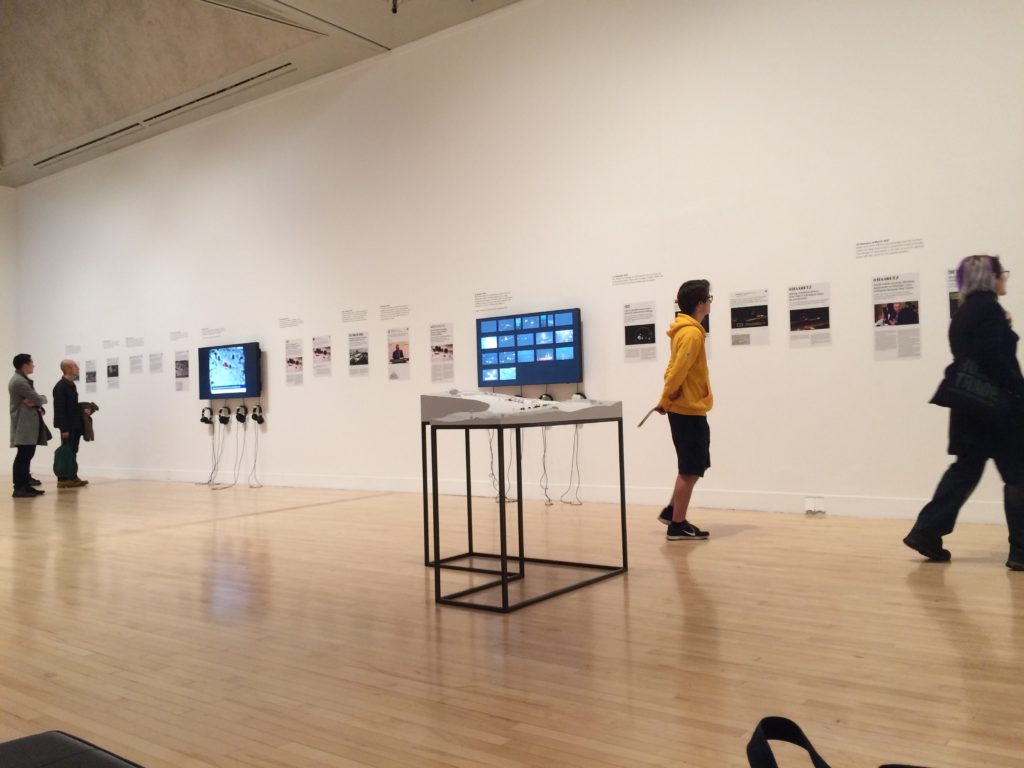
(Forensic Architecture, The Long Duration of a Split Second, Turner Prize, Tate Britain, 2018)
Here then we can see a clash not just between institutional and infrastructural modes of truth — the former agreed by consensus, the latter evidenced — but also between the expectations they engender. That is that certain situations or events can be abstracted and generalised through cultural forms and signifiers on the one hand and a belief in transparency and calculation to model (before and after the fact) the truth on the other. (This is of course a specific reading of the investigative work done by Cadwalladr, which due to the nature of her subjects which necessitates the verification and reconstruction of events and networks of relationships.)
We can also see in the Brexit campaign, and its narrativisation the clashing of truth systems — institutional, figured and infrastructural or systemtised — and of course the specific ways each are mutable. (See: Ella McPherson in, Talking Politics, no 134 “Talking Politics guide to … Human Rights in the Digital Age“)
However, what Cadwalladr’s questions as the reality of what happened and what the drama depicts also point to is that, when the above truth systems entangle as the currently do, and thus are manipulable or deployable at the scales and resolutions offered by infrastructural approaches to politics described at the start, the consequences are more strongly felt, and are more directly contagious. That is to say, to what extent a statement — fictitious or factual, especially when it is wrapped into narrative form and given enough experiential consistency (c.f. Jason Farman, Mobile Interface Theory: Embodied Space and Locative Media) — is indexible and interfaceable against the world those affected by Brexit inhabit* becomes vastly more diffuse, but no less consequential than when it was played out within the walled institutions of parliament, the print press and the defined public sphere.
Perhaps illustrating this best is Grahams’s final response:
“…I don’t think a dramatic representation exists in opposition to the journalistic work. I think it contributes. Everything contributes to – I hate this phrase – a national conversation. There are critical unanswered questions about the impact that data targeting has on our politics and behaviour. I don’t want the film to suggest we can all be manipulated – most of us know our own minds. But we’re in the wild west phase of this technology, completely unregulated and we need to understand the impact that it is having.” [emph. mine]
Of course it is critical to bring such discussion to the public sphere, yet we have entered a period in which the narrative is not simply something visited as a form of leisure or outside, but delivered alongside many other blurrily-defined forms of opinion, consumption and information. Here mediation is itself an infrastructure of experience. The lack of distinction between forms and surfaces through which these cultural artefacts are synthesised in various interfaces creates a compelling and ongoing sense of narrative continuity. And this is further tailored according to the specific audience and tracking bubbles any one user might be part of. I have described this composite and partial ‘truth’ elsewhere as a form of “scripted reality.” This is less to point to the emergence of a nationalism specifically anchored to a kind of mediation and campaigning, but rather as to how the conditions for political possibility are created through infrastructural politics.
To draw on the recent work of Judith Butler (Notes Towards a Performative Theory of Assembly), this is not simply a case of new, computational methods of campaigning, but is driven by decades, if not longer of infrastructural disinvestment, deprivation and segregation (in and out of the UK). As Butler writes, a demand for infrastructure is “a demand for a certain kind of inhabitable ground, and its meaning and force derive precisely from that lack.” (2018, p. 127)
So, if the texts on Scripted Reality sought to describe a how cultural form of truth might made today, I want to finish with a final note on how this kind of consequence might traced in the recent past as with the comparison between Forensic Architecture and “Brexit: The Uncivil War” made above. Primarily, it is not to be read by smoking gun-type and cause and effects which might be seen in each and every advert leading to a vote. Rather it is how they form part of the conditions of possibility, how they direct by implication and sustaining what is perceivable as information. How they make the field through which events are considered to adapt the words of Forensic Architecture member Eyal Weizman.
As a case in point, in response to a request from The Electoral Commission to provide spending by Aggregate IQ (AIQ) on behalf of Vote Leave Limited, Mr Darren Grimes, BeLeave, and Veterans for Britain during the 2016 Brexit referendum campaign, Facebook provided this evidence.
While the trail of spending evidence show little of the magical granular targeting of the popular imaginary of the kind of work done by AIQ, the scale, distribution, and consistency of the targeting (i.e. being credible enough within trust feeds such as Facebook), combined with consistent message formed as part of a wider whole (social media, news, the bus, TV appearances, historical fears of user-groups etc., and connected by technologies such as Facebooks Pixel) combines to effect changes within a user’s ecology which is consequential. (Individual targeting to the extent implied in the drama is at least not yet possible, though it is coming.) It becomes difficult in this case to pinpoint which element or event triggered an action (or voter preference), rather it is possible to see the parts of the infrastructure that pointed in that direction.
The question for infrastructural politics is how was that world created, and what does it mean to participate in it?
x
* The constituency affected by Brexit and those affected by the communications infrastructures to which I am referring to are not the same thing, and they are certainly not total or unified. They do however now layer onto or into many others. Infrastructure is to a logic which is totally extensible even if it this scale does not represent its present. For infrastructure, totality is a condition of possibility as much as fragmentation and obscurity are — but totality is always nonetheless possible. This is an important point of clarification when discussing the implications and spread of the effects of infrastructural politics. That they are uneven and unevenly felt is both their characteristic and irrelevant to their efficacy in principle.
** (I am currently reading We Were Eight Years in Power by Ta-Nehisi Coates, whose comparison of the power of the symbology of a black President against fundamental infrastructures of white supremacy acutely describes the construction of the conditions of possibility for the politics derived from Obama being in the White House — in this case a kind of anti-radical conservatism — and which is very much backgrounding the thoughts on the relation of institution and infrastructure above. More on this when I’ve finished the book.)
